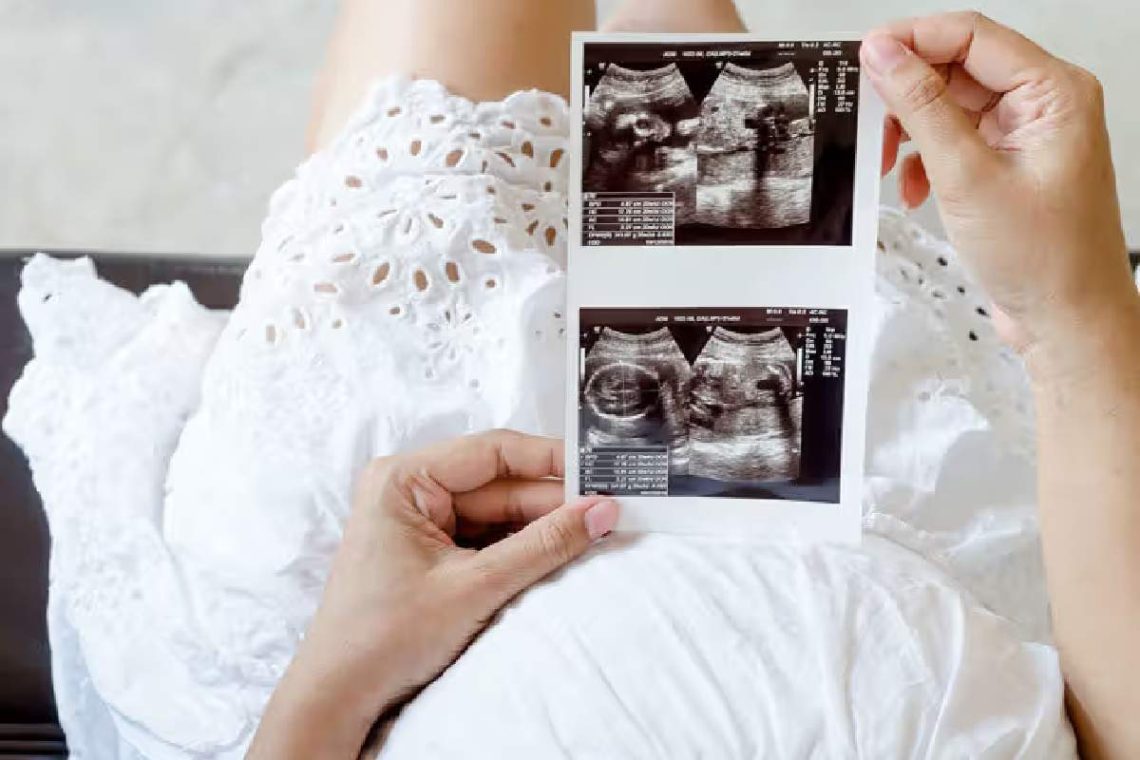Many expecting parents ask if a baby’s heart rate can determine the sex of the child. A popular myth states that when a woman’s heart rate crosses the 140 beats per minute mark, it indicates that the child is a girl, and if it topples below, it is a boy. But does this have science backing it? This article seeks an answer: does a Fetal Heart Rate 158 BPM Boy or Girl? Also, it examines medical studies done on the subject.
Understanding Fetal Heart Rate 158 BPM Boy or Girl
Fetal heart rate (FHR) fluctuates throughout pregnancy. Here’s how it typically changes:
- 6-7 weeks: Starts at 90-110 BPM
- 9-10 weeks: Peaks around 170 BPM
- 13+ weeks: Settles between 110-160 BPM
A fetal heart rate of 158 BPM is within the normal range. But does it indicate a boy or girl? Let’s examine the evidence.
Fetal Heart Rate 158 BPM Boy or Girl: Myth vs. Reality
To establish medical studies like the one conducted at Durham University, head researchers believed that heart rates fell into two categories: male and female. Male heart rates would be sub 140, and female rates would exceed this threshold. An interesting bit about this is that it is false. No study proves that specifically. Research indicates no significant difference in heart rates for male and female fetuses. Out of this study, sonogram deductions were tracked in 477 women’s pregnancies, where it was established that heart rates were not a solid way to identify sex. Different studies conducted on 655 children with fetal heart rates implanted revealed no connection between NEC and gender.
A much simpler question arises: does a fetal heart rate 158 BPM boy or girl? The truth is that it does not offer a concrete answer. Instead, it proposes a maze to navigate as things such as activity level, age, and the overall health of the fetus play a massive role in filling the void left behind.
Reliable Ways to Determine Baby’s Gender
Instead of relying on myths, here are medically accurate ways to determine a baby’s sex:
- Ultrasound: Conducted between 18-22 weeks, this is the most common method.
- Non-Invasive Prenatal Testing (NIPT): A blood test available as early as 10 weeks.
- Amniocentesis or CVS: Invasive tests that can determine gender but are mainly used for genetic screening.
- While a fetal heart rate 158 BPM boy or girl remains a fun guessing game, these methods provide certainty.
- Other myths about predicting a baby’s sex
- Many popular myths surround the prediction of a baby’s sex while they are still in the womb.
One involves tying the mother’s wedding ring to a thread and holding it over the pregnant abdomen. According to the myth, the baby will be a boy if the ring moves in circles. The baby will be a girl if it swings from side to side.
Below are some other myth-based predictions
A woman is more likely to be carrying a boy if:
- she is carrying her pregnancy bump in front
- she is carrying her pregnancy bump low down
- she did not experience morning sickness in the first trimester
- her right breast is more significant than her left
- she craves foods that are salty or rich in protein, such as cheese or meat
- her skin becomes dry
- her hair becomes more full-bodied and shiny
A woman is more likely to be carrying a girl if:
- the pregnancy bump extends around the abdomen
- she carries her pregnancy bump high
- she experienced morning sickness during the first 12 weeks of pregnancy
- her left breast is more significant than her right
- her cravings are for sweet foods, such as fruit and candy
- her skin gets softer
- her hair becomes thinner and duller
Many people enjoy toying with these theories and making predictions of their own. However, no scientific evidence supports their accuracy.
Conclusion
Although many parents enjoy speculating about gender based on fetal heart rate, there is no scientific proof that a fetal heart rate 158 BPM boy or girl. Studies confirm that heart rate varies due to multiple factors, but sex is not one of them. For those eager to know their baby’s gender, medical tests offer the most reliable answers.

